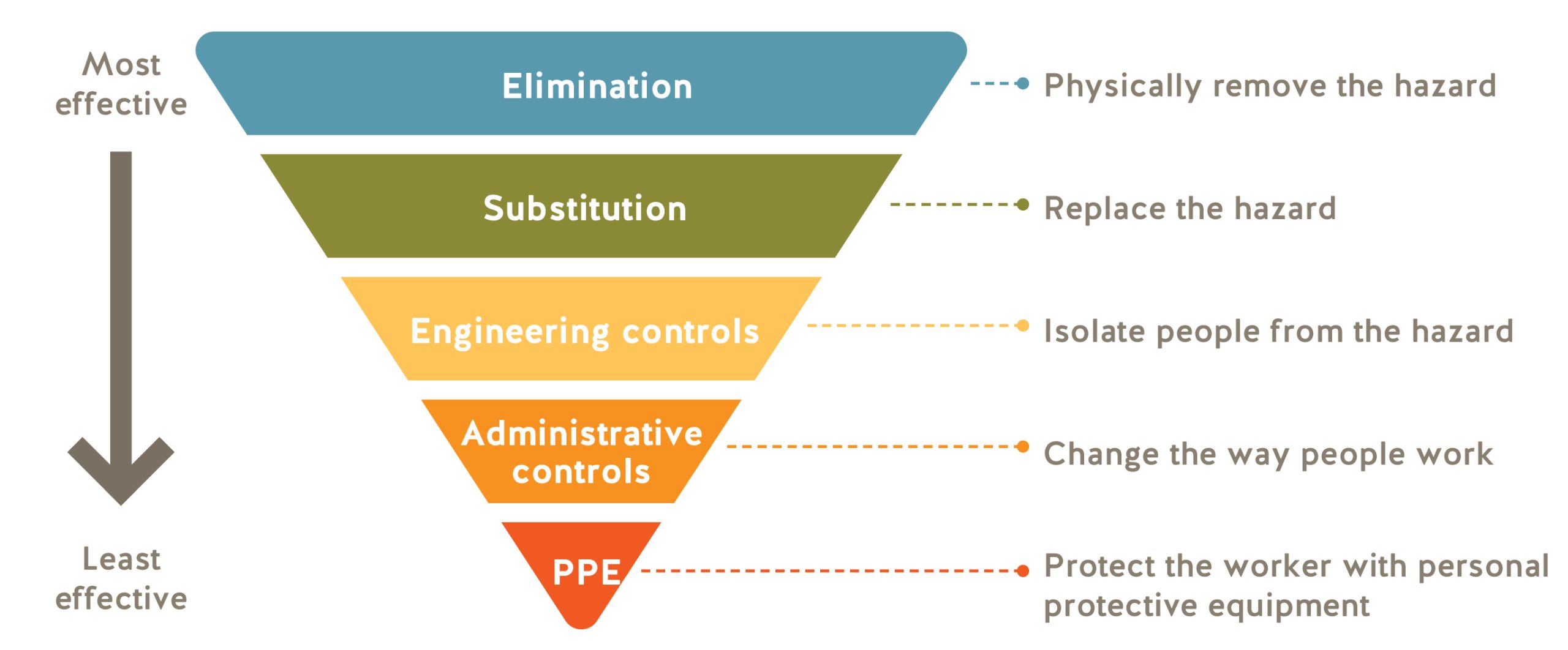
Photo Credit: © WorkSafeBC (Workers’ Compensation Board of B.C.), used with permission
WorkSafeBC inspections are an important part of ensuring health and safety in B.C. workplaces. Our prevention officers focus on risk management basics to ensure the most significant risks are effectively addressed. A risk management approach involves workers and employers identifying hazards, evaluating risks, and implementing controls that are specific to the on-site activities.
Prevention officers also focus their inspections on making sure employers are communicating effectively with workers and monitoring their risk management through foundational occupational health and safety systems. This includes looking at young and new worker orientations, training, supervision, incident investigations, worksite inspections, and (where applicable) joint health and safety committees that are effective, robust, and well supported.
Understanding employer responsibilities
Managing risk in your workplace involves thinking about what might cause harm to your workers and determining whether you are taking reasonable steps to prevent that harm from happening. To manage risk, follow these basic four steps: Understand the level of risk in the workplace, implement appropriate measures, communicate policies and protocols to all workers, and monitor and update measures regularly.
Applying the hierarchy of controls
When considering how to reduce risk, there’s a certain order you should follow. This is called the hierarchy of controls. It’s important to follow the hierarchy, as shown below, rather than start with the easiest control measures.

Photo credit: © WorkSafeBC (Workers’ Compensation Board of B.C.), used with permission
Note that while the controls are listed in order of effectiveness, all four types of controls should be considered. They often work best in combination.
1) Elimination or substitution
Eliminate the hazard, if possible, or replace with a different process. Is there a safer way to perform the task? Can workers use a less-harmful product?
2) Engineering controls
Are there any equipment or other physical changes you can make to the workplace that will make the task safer.
3) Administrative controls
Are there safe work procedures or practices that will reduce the risk?
4) Personal protective equipment and clothing
Is protective clothing or equipment necessary to protect workers, by itself or in combination with another type of risk control?
Control measures don’t have to be costly. For example, placing a mirror on a dangerous, blind corner can help prevent mobile equipment incidents. Considering how serious an injury can be, this is a low-cost precaution.
During a WorkSafeBC inspection, our prevention officers can help you identify other ways to control risks.
Preventing incidents is a shared responsibility
As an employer, you need to consult with your workers and with your joint health and safety committee (or worker health and safety representative) when identifying risk factors and potential controls. Workers are in a great position to help in this process as they often have the best insights into the hazards they face on the job.
For resources on assessing and controlling risks, visit worksafebc.com/managing-risk


